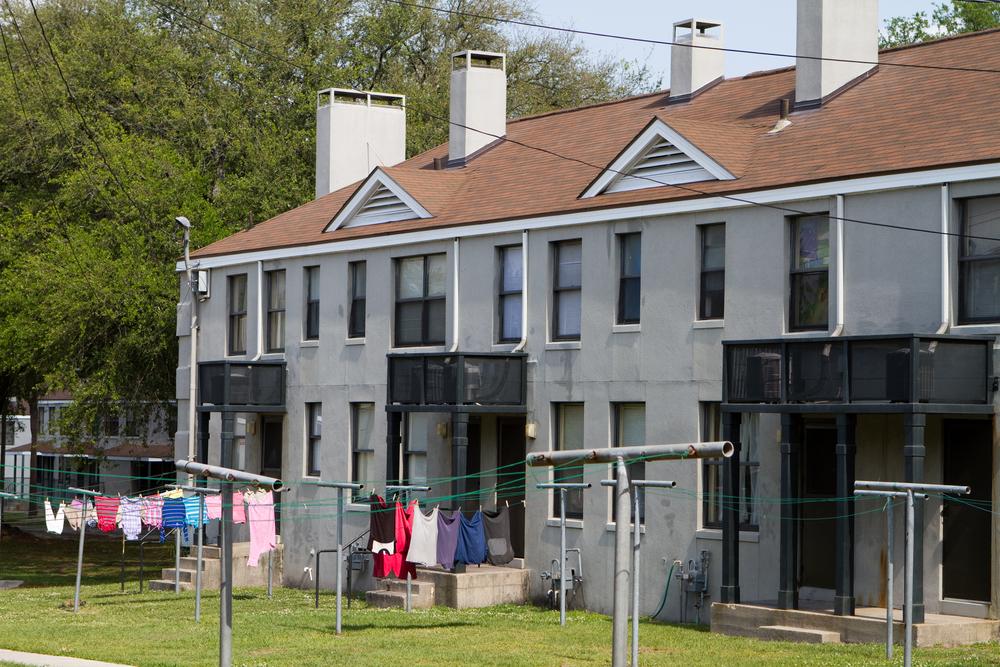Affordable Retirement Housing Options and Guidance for Seniors
Explore diverse affordable housing options for seniors, including public housing, community units, moveable homes, and retirement villages. Learn expert tips on choosing the right residence near healthcare, setting budgets, and evaluating amenities, ensuring a comfortable and independent retirement. Understand eligibility criteria and the importance of thorough research to find suitable, cost-effective senior living solutions tailored to individual needs.

Affordable Retirement Housing Choices and Tips for Senior Residents
Affordable housing solutions for seniors cater to those on limited incomes, recent retirees, or individuals facing housing affordability challenges. These options are appraised to ensure residents can cover essentials like food, healthcare, and clothing. There are diverse senior housing types available, enabling residents to select based on available facilities and personal preferences.
Low-income housing
Public housing
Managed by government authorities, public housing provides affordable rental options for low-income seniors. These can include large apartment towers, smaller complexes, or standalone houses. Rent is usually capped at 25% of the tenant’s income, and if needed, the government assists in relocating residents to new homes. Many public housing units are designated for those aged 55 and above, fostering community among older adults.
Another option is community housing, managed by non-profit organizations, offering modern apartments or traditional houses suitable for independent seniors. These communities vary; some are operated by large organizations managing multiple properties, while others are smaller. Many providers assist seniors with home modifications. Typically, community housing costs around 30% of income, supplemented by government support such as Commonwealth Rent Assistance.
For seniors wanting autonomy, moveable units are an alternative. These small standalone homes, often located behind larger houses, like bungalows, are ideal for seniors wishing to live near family. They cost approximately 25% of income and include essential amenities. The waiting period ranges from three to six months, with utilities often provided free of charge. When no longer needed, these units are relocated to other homes.
Retirement housing
Retirement villages
Run by non-profit or for-profit entities, these villages offer specialized services for seniors aged 55 and over who seek independent living without residential aged care. Residents typically pay ongoing fees, with eligibility criteria including being retired from full-time work and not requiring full healthcare services.
Caravan parks and residential communities
Many retirees choose to live in caravan parks or residential villages, which often feature communal facilities such as community centers and cinemas. These communities are governed by tenancy laws allowing seniors to lease or occupy sites for extended periods, fostering a vibrant social environment.
Tips for Finding Senior Housing Nearby
Set a budget
Establish your financial limits to identify housing options within your means, considering rent and additional fees.
Conduct online research
Search using keywords like 'senior housing near me' to explore local options, reviews, and recent feedback for informed decision-making.
Assess healthcare proximity
Ensure the housing location is accessible to healthcare facilities or offers transportation services, especially if frequent medical visits are necessary.
Evaluate facilities and amenities
Identify the essential features you require and compare options based on available services, amenities, and associated costs.
Note that affordable housing is limited to certain locations and eligibility criteria apply. These units typically have lower rent than market rates, emphasizing the importance of thorough research into available options, additional fees, and amenities to find the best fit.










